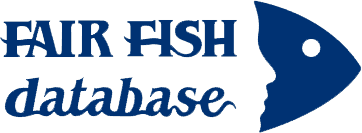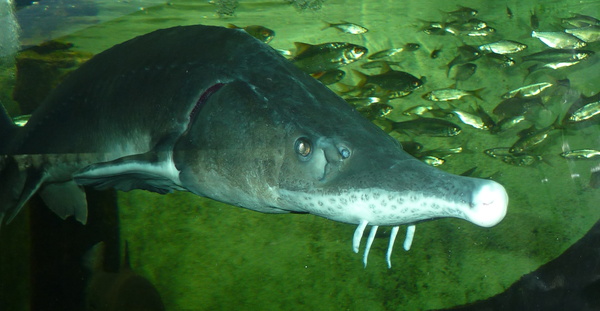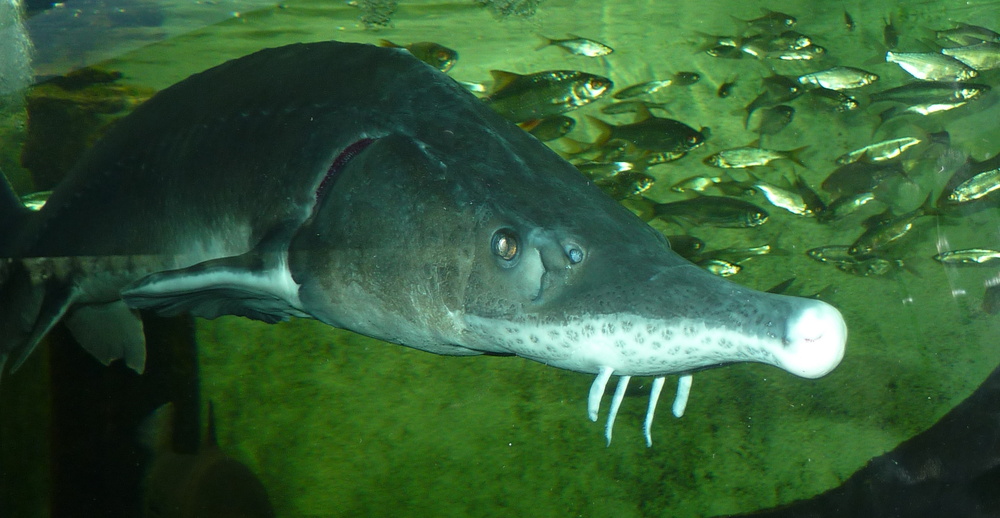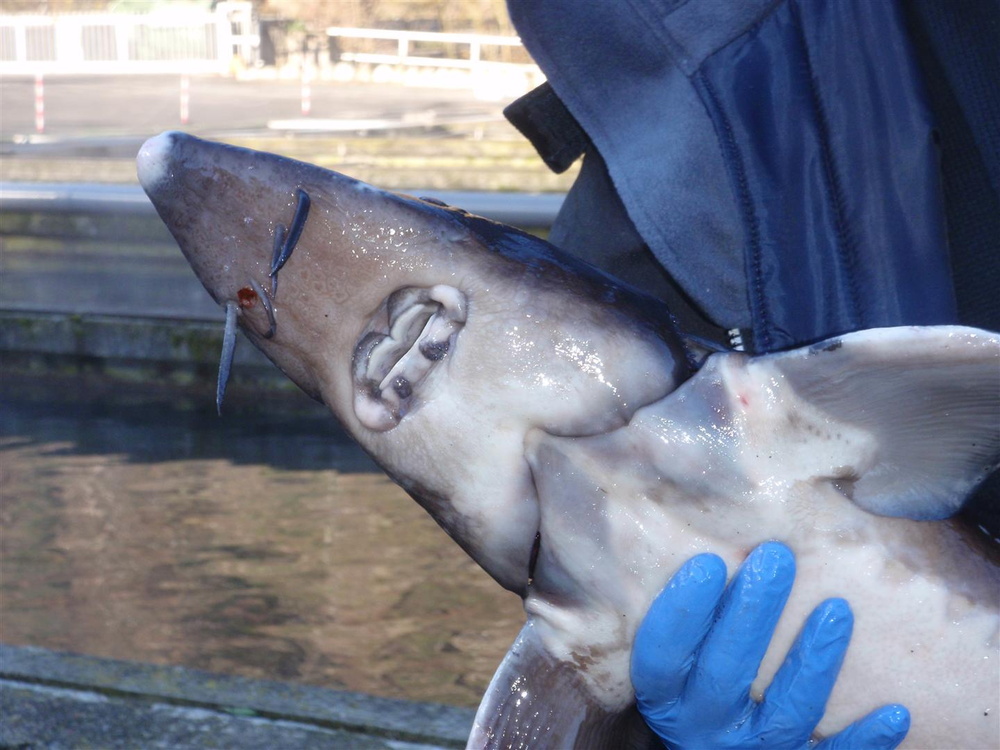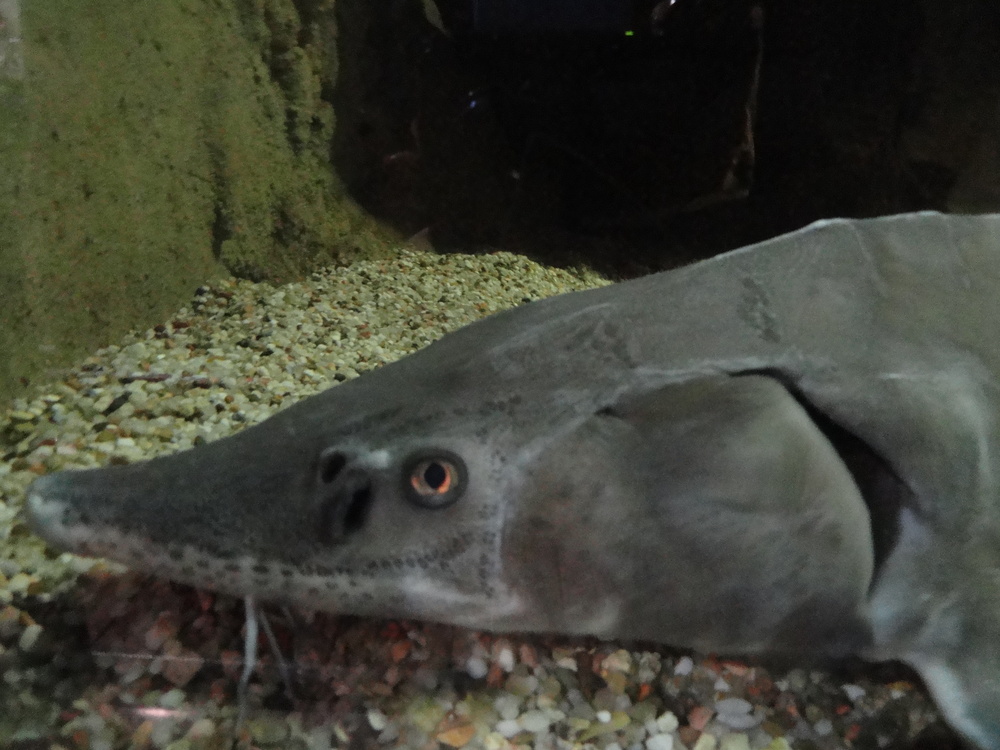Farming remarks
Acipenser baerii, an endangered species according to the IUCN redlist, has been farmed for over a century, but only recently the full life cycle has been successfully closed in aquaculture. Sturgeons are mostly reared for caviar, and while its production started in the former USSR, A. baerii production is now present in Belgium, China, Italy, Germany, Hungary, Poland, Spain, Switzlerland, and the United States of America. However, there are many aspects of welfare that are being overlooked: usual rearing tanks are too small, spawning induction is highly invasive, it requires proper substrate in all stages of its life cycle, and the establishment of a humane slaughter protocol is still missing. Although some effort is being undertaken, fish components are still present in the feed. Many aspects of its biology remain unclear and require further investigation.
For details see: WelfareCheck | farm



